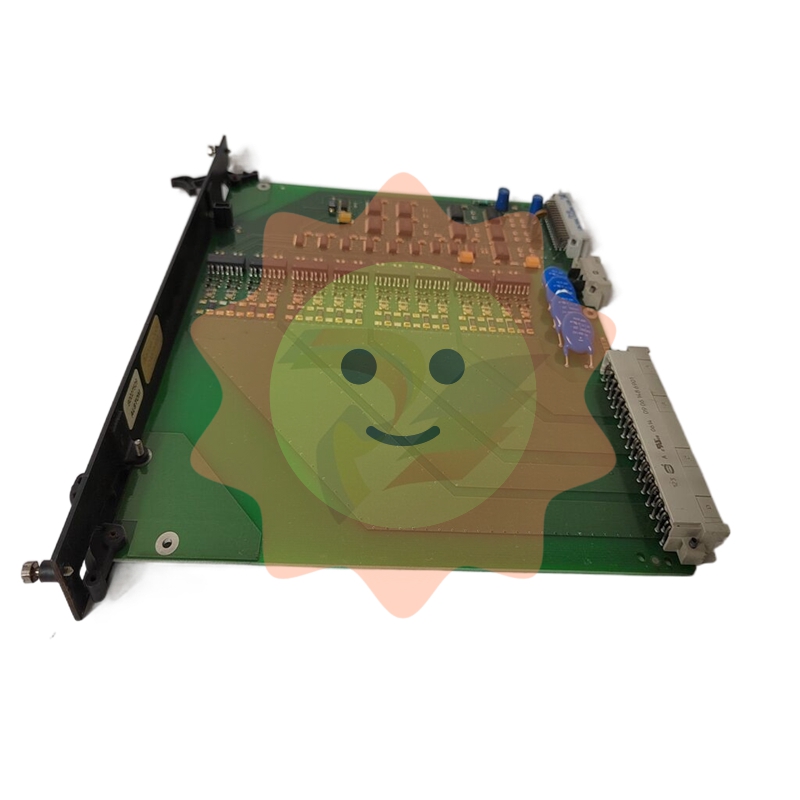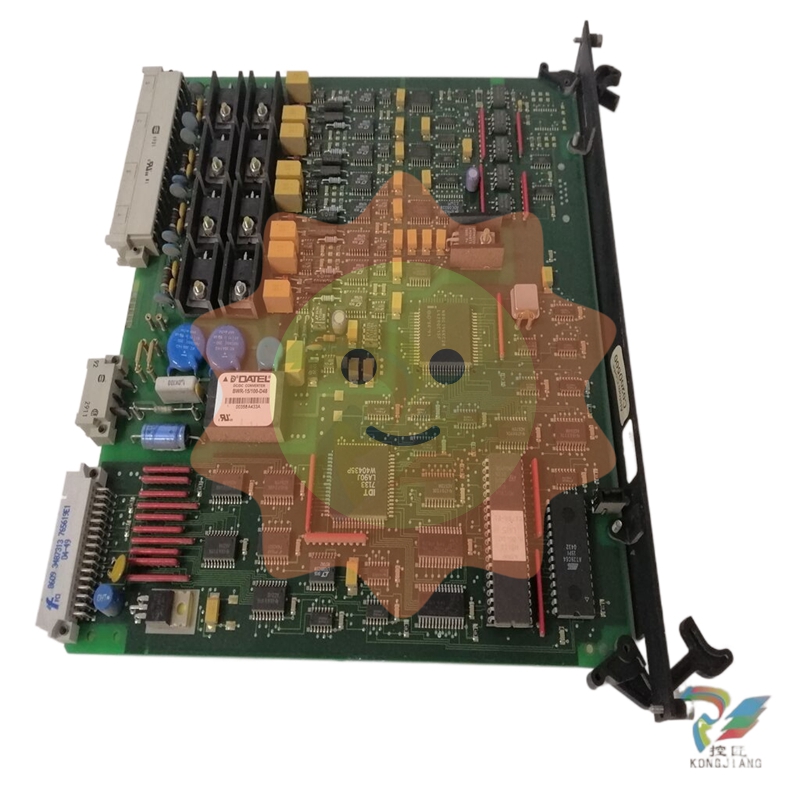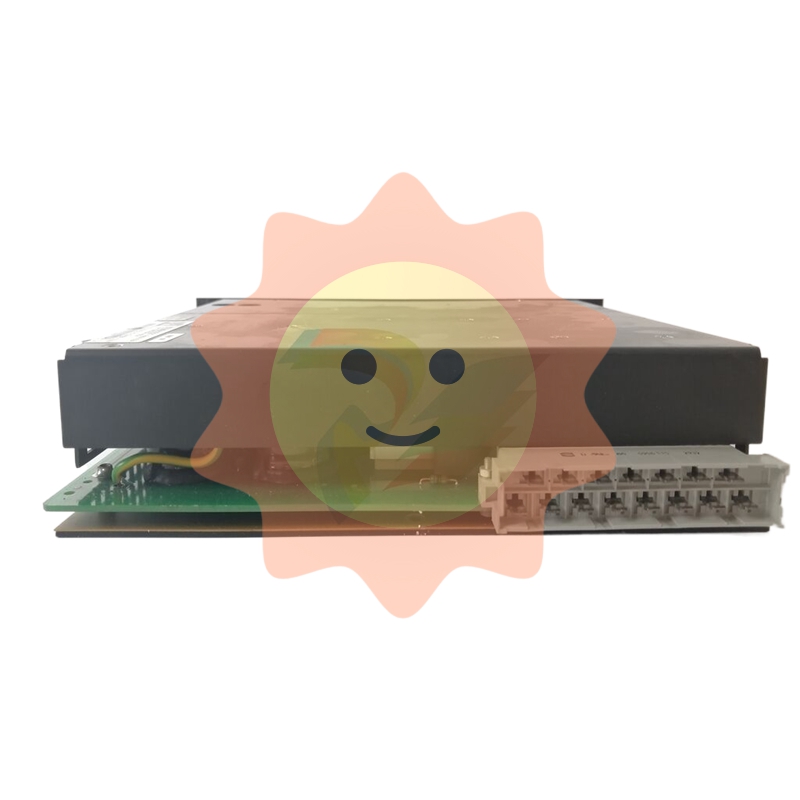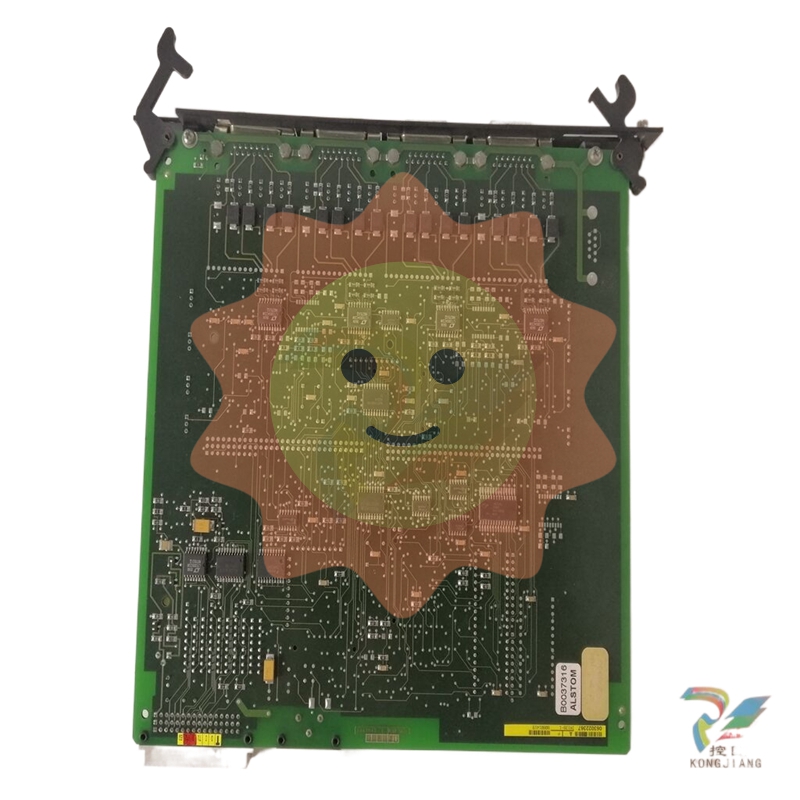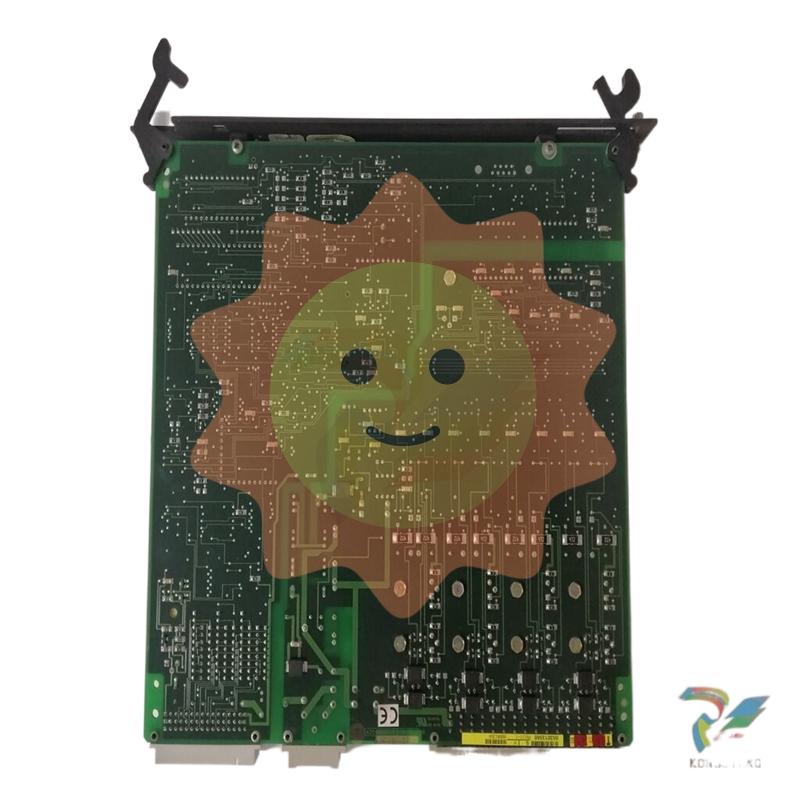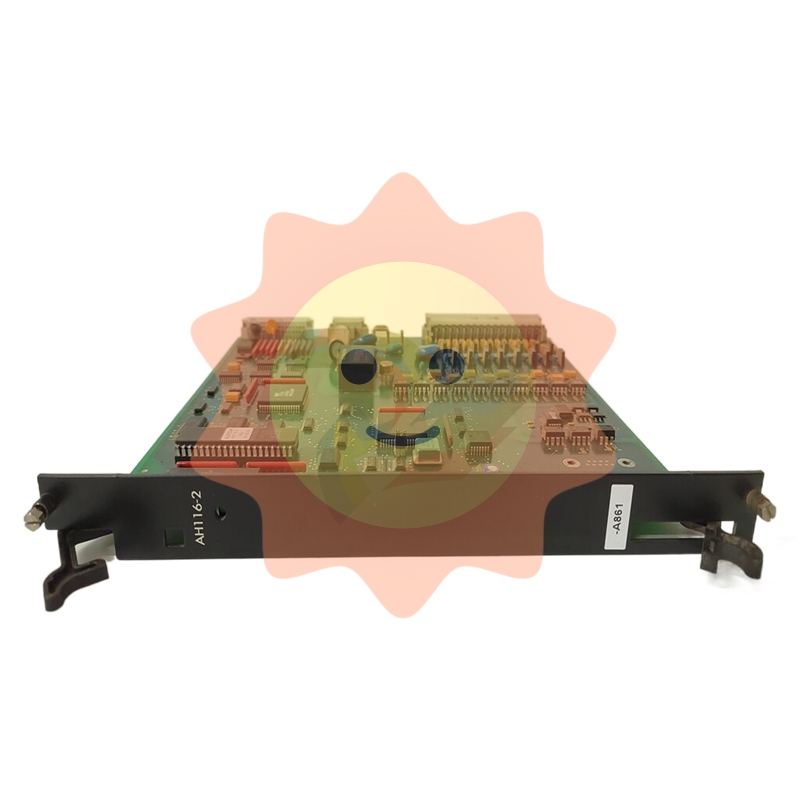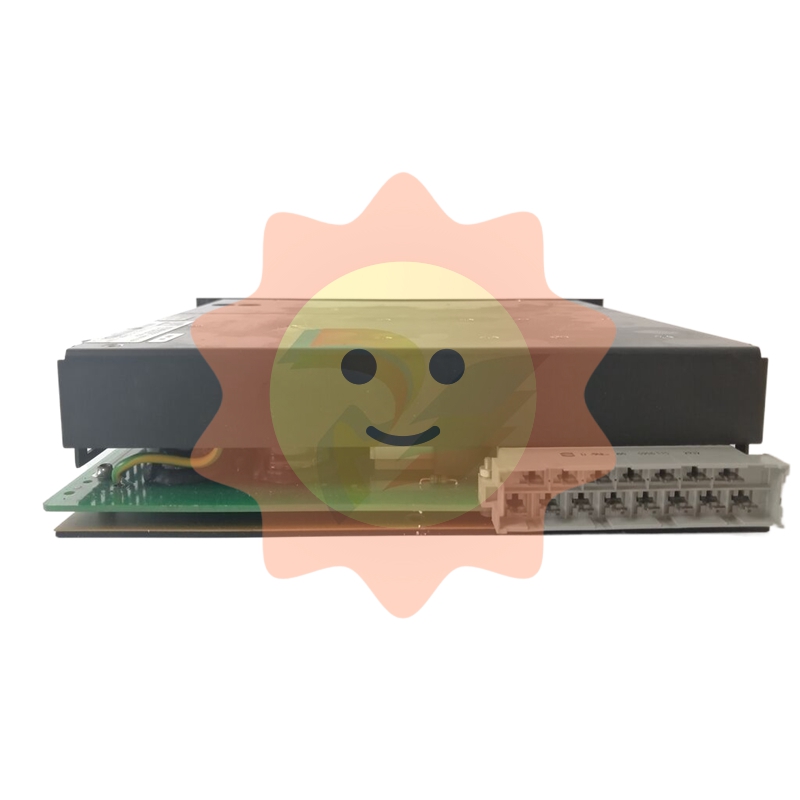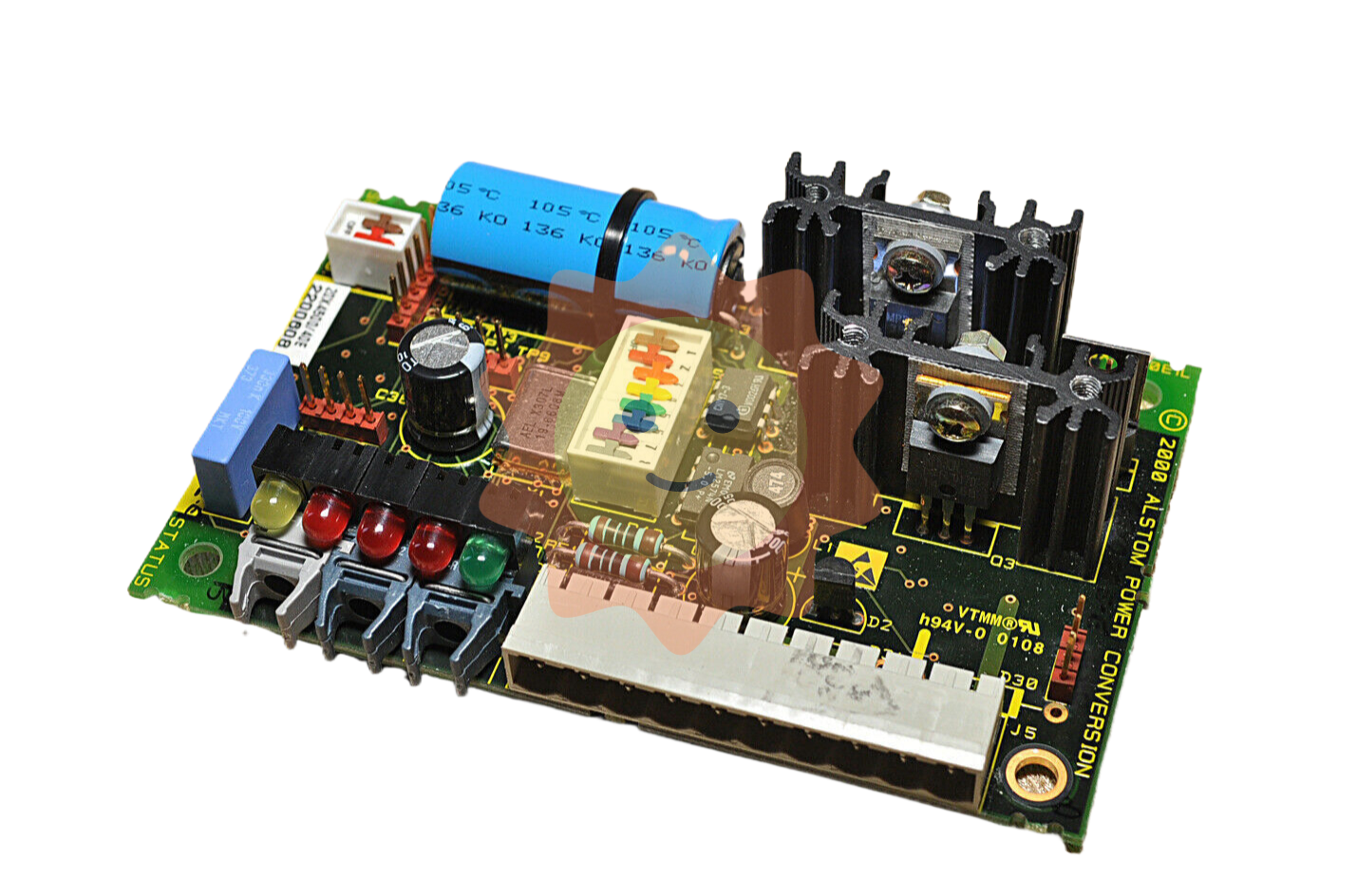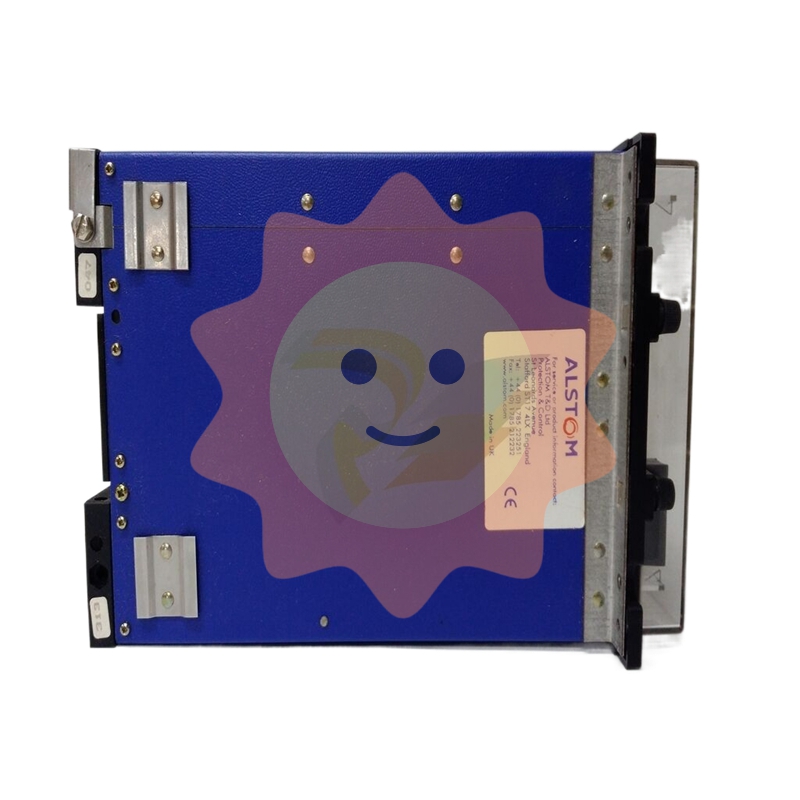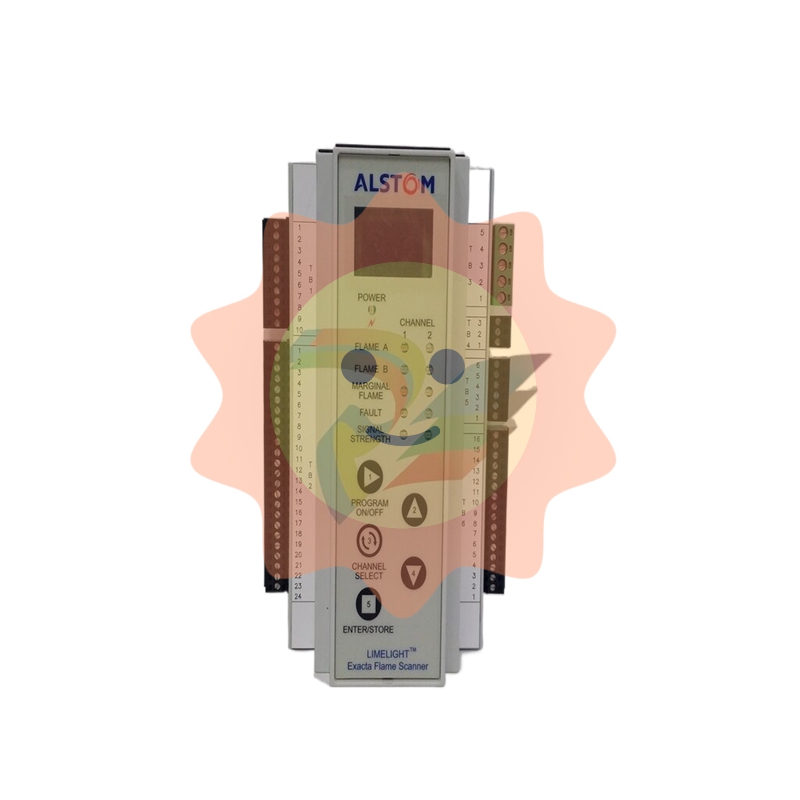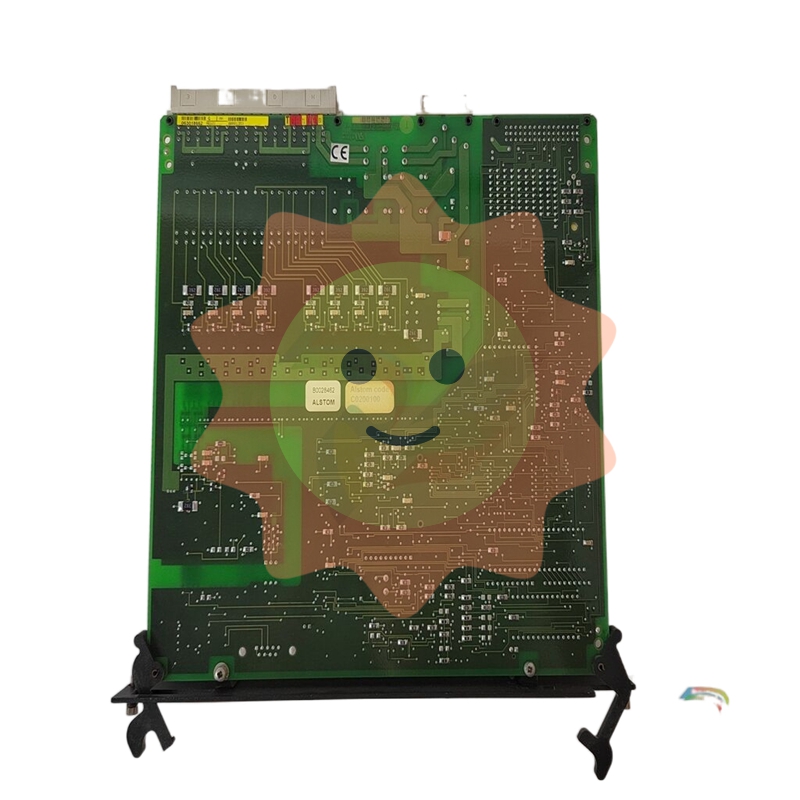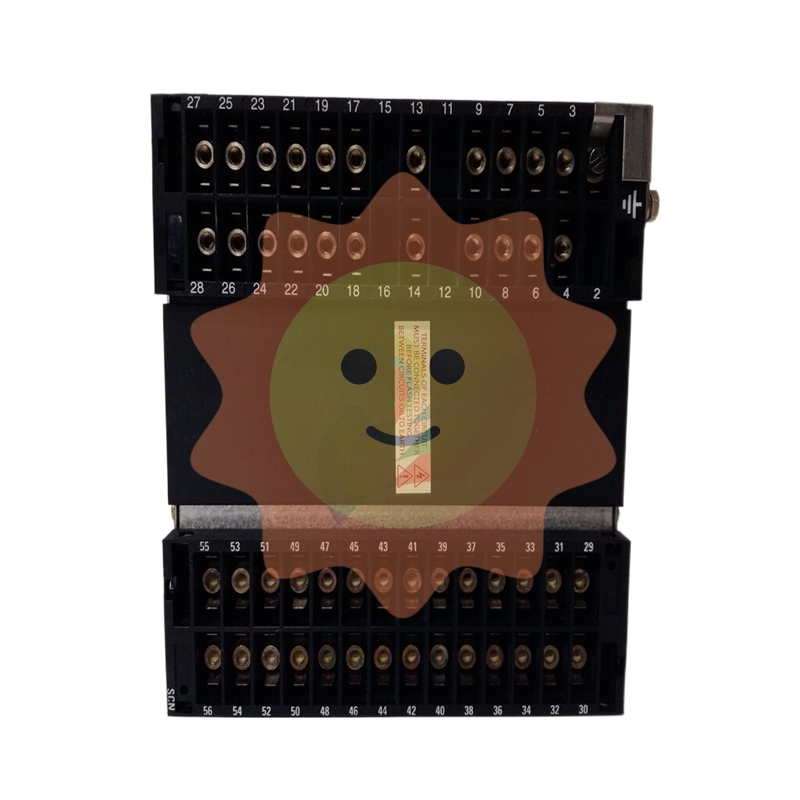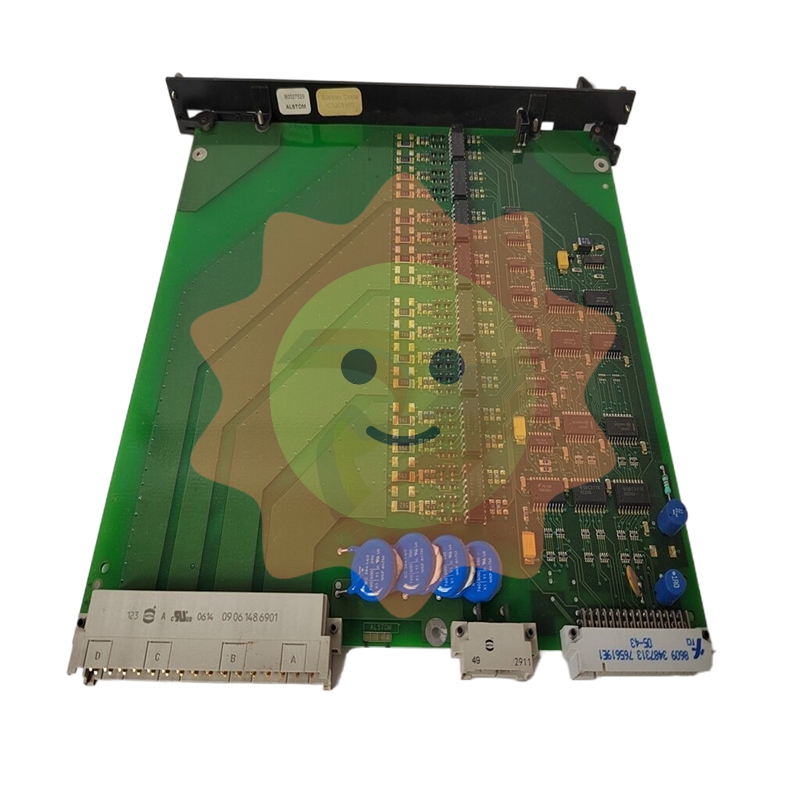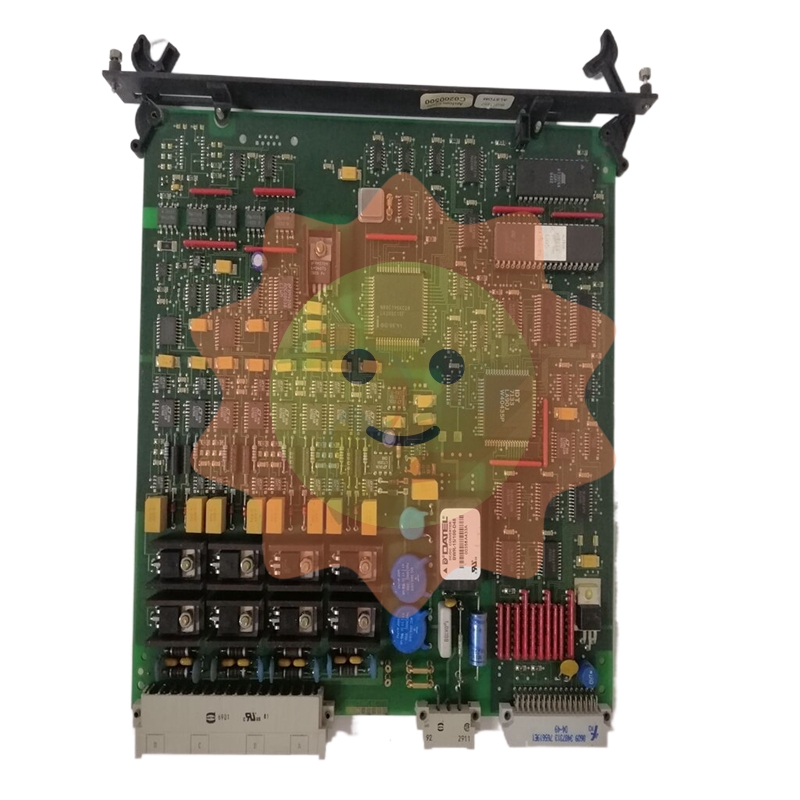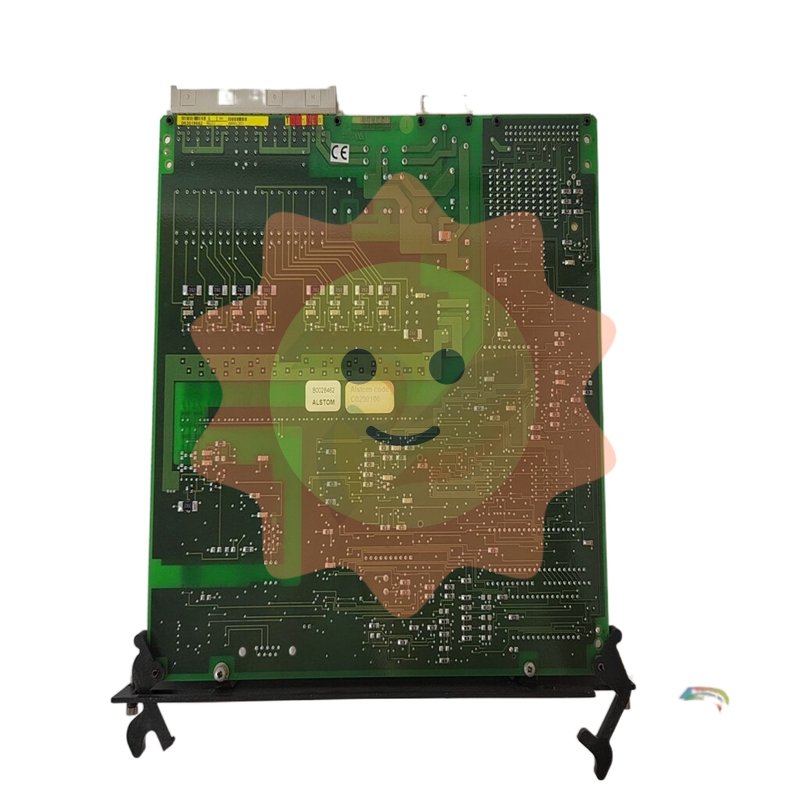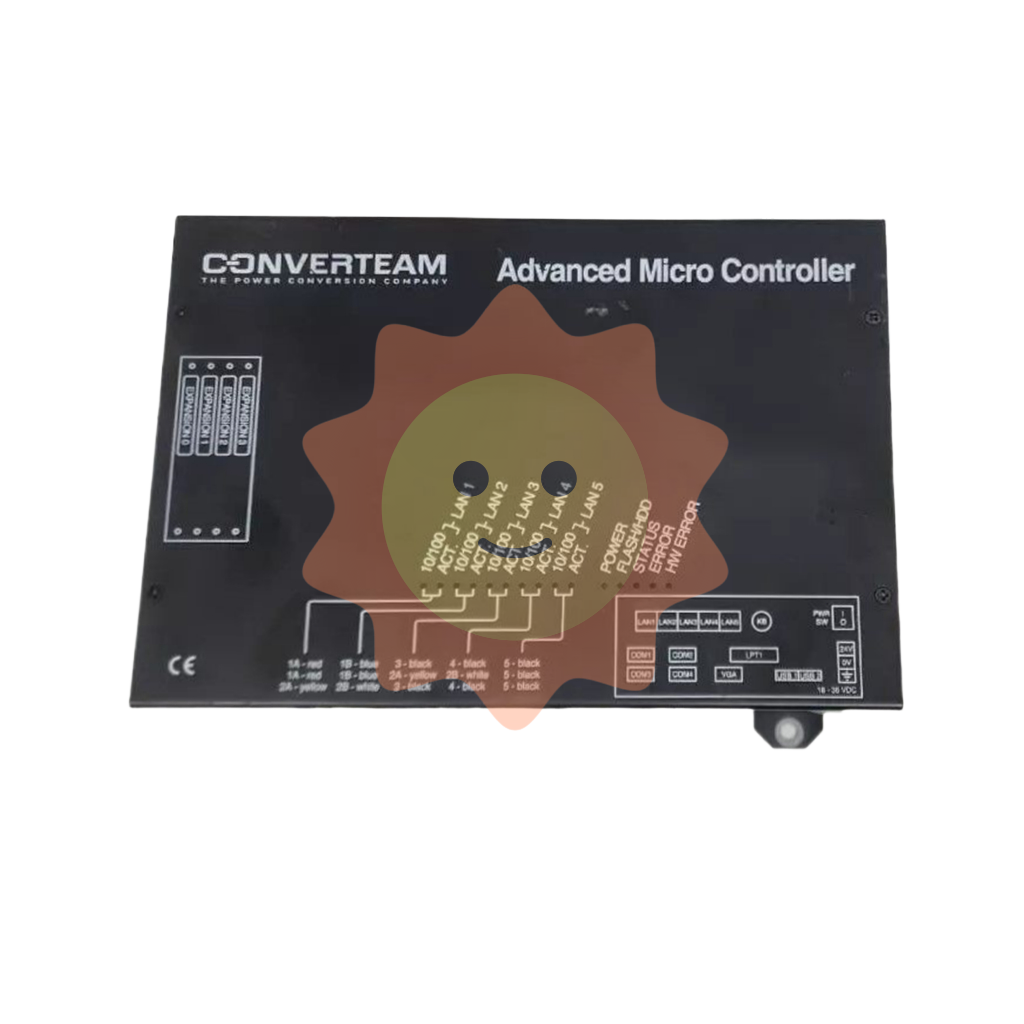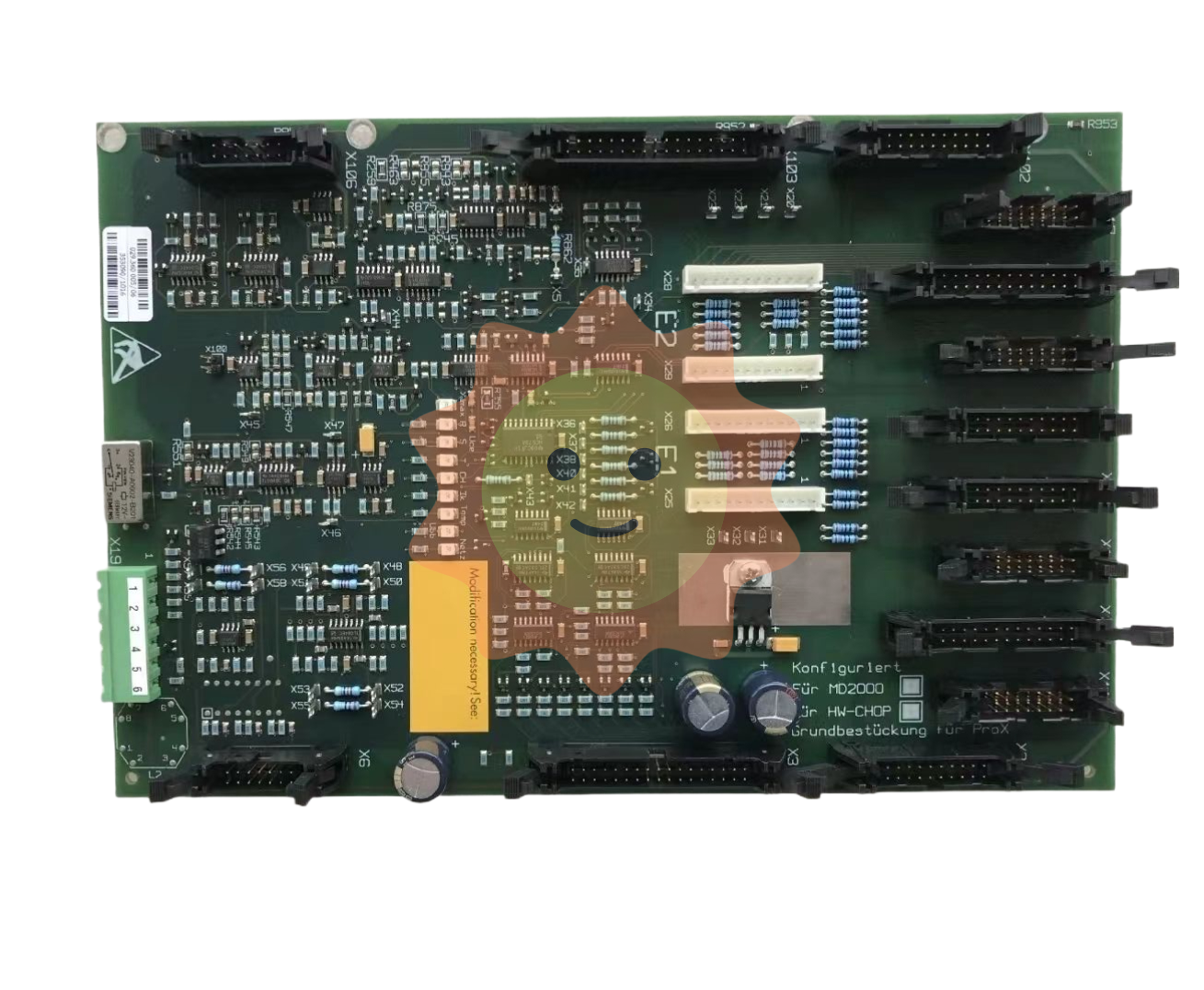What is the principle of thermal power generation
1. Introduction
Due to the shortage of fossil fuels on the earth, human beings are trying to develop nuclear power generation, nuclear fusion power generation and high-efficiency solar power generation, in order to ultimately solve the energy problems faced by human society. The first thermal power generation was achieved in 1875 at the Gare du Nord station in Paris. With the improvement of generator and steam turbine manufacturing technology, the improvement of power transmission and transformation technology, especially the emergence of power system and the demand for electric energy in social electrification, after the 1930s, thermal power generation entered a period of great development. The capacity of thermal power generation units increased from 200 MW to 300 to 600 MW (mid-1950s), and by 1973, the largest thermal power units reached 1300 MW. Large units and large power plants have greatly improved the thermal efficiency of thermal power generation, and the construction investment and power generation cost per kilowatt have also been continuously reduced. By the late 1980s, the world's largest thermal power plant was the Kagoshima Thermal Power Plant in Japan, with a capacity of 4,400 megawatts. However, the unit is too large and brings about a reduction in reliability and availability, so by the early 1990s, the single capacity of thermal power generation was stable at 300 to 700 MW. It accounts for more than 70% of China's total installed capacity. Coal used in thermal power generation accounts for more than 50% of industrial coal. At present, the coal used for power generation and heating accounts for about 50% of the total coal production in China. About 90 percent of the country's sulfur dioxide emissions are generated by coal power, and 80 percent of carbon dioxide emissions are generated by coal power.
According to its function, thermal power generation is divided into simple power supply and both power generation and heating. According to prime mover divided into steam turbine power generation, gas turbine power generation, diesel power generation. According to the fuel used, there are mainly coal-fired power generation, oil-fired power generation, gas power generation. In order to improve the comprehensive economic benefits, thermal power generation should be carried out as close as possible to the fuel base. Cogeneration should be implemented in large cities and industrial areas.

2. Principles
Thermal power generation generally refers to the use of combustible combustion generated by the heat to heat water, so that the water into high temperature, high pressure water vapor, and then by the water vapor to promote the generator to generate electricity. Power plants that use combustible materials as fuel are collectively referred to as thermal power plants.
The main equipment system of thermal power plant includes: fuel supply system, water supply system, steam system, cooling system, electrical system and some other auxiliary processing equipment.
Most thermal power plants use coal as a primary energy source, the use of belt transmission technology, to transport the treated coal powder to the boiler, coal powder combustion heating boiler water into water steam, after a heating, water steam into the high-pressure cylinder. In order to improve the thermal efficiency, the water steam should be heated twice, and the water steam enters the medium pressure cylinder. By using steam from a medium pressure cylinder to push a turbogenerator to generate electricity. The middle pressure cylinder leads into the symmetrical low pressure cylinder. Part of the steam that has been worked is pumped out from the middle section to supply oil refining, fertilizer and other brother enterprises, and the rest of the water flows through the condenser to cool and become saturated water at about 40 degrees Celsius as reuse water. About 40 degrees of saturated water through the condensate pump, through the low-pressure heater to the deaerator, at this time is about 160 degrees of saturated water, through the deaerator deoxygenation, the use of feed water pump into the high-pressure heater, where the high-pressure heater uses reheating steam as heating fuel, and finally flows into the boiler for reuse. This is a production process.
Step 3: Type
According to its role, there are two categories: simple power supply and both power generation and heating (cogeneration thermal power plants).
According to the prime mover, there are mainly turbine power generation, gas turbine power generation, diesel engine power generation (other internal combustion engine power generation capacity is very small).
According to the fuel used, there are mainly coal-fired power generation, oil-fired power generation, gas (natural gas) power generation, garbage power generation (see garbage power station), biogas power generation (see biogas power station) and the use of industrial boiler waste heat power generation.
In order to improve economic benefits, reduce power generation costs, and protect the environment of large cities and industrial areas, thermal power generation should be carried out as close as possible to the fuel base, using high-voltage transmission or ultra-high-voltage transmission lines to transmit powerful electric energy to the load center. Cogeneration should be implemented in large cities and industrial areas.

Step 4: Features
Thermal power plant is the process of converting chemical energy such as coal and fuel oil into electric energy through combustion. In addition to the characteristics of general electric energy production, thermal power plants have their own characteristics and requirements.
1. Must be safe and reliable production
Modern thermal power plants have high temperature (flame center temperature up to 1500 ~ 1700℃, steam temperature up to 600℃), high pressure (main feed water pressure up to 30MPa or higher), high speed (steam turbine speed 3000r/min, feed water pump speed 6000r/min), high voltage (generator voltage 35kV, high voltage, high voltage, high voltage, high voltage, high voltage, high voltage, high voltage, high voltage, high voltage, high voltage, high voltage, high temperature, high temperature, high temperature, high temperature, high temperature. Bus voltage 110kV), so the production process must adhere to the "safety first" policy. It is necessary to implement comprehensive safety management in all aspects from planning and design, equipment manufacturing, construction, production, operation and maintenance to training. At the same time, advanced equipment and means should be used to improve the safety of equipment. The operation relationship between the machine, the furnace and the electricity of the modern large-capacity reheat unit is complex, which should generally have the conditions of self-start and stop, and have the functions of perfect locking protection, over-limit protection, automatic shutdown, etc. The power grid should adopt the automatic frequency control and power automatic control device.
At the same time of safe production, thermal power plants must also have high reliability, so as to give full play to the potential of power supply equipment, ensure uninterrupted power supply and ensure the quality of power supply to users, and give full play to the economic benefits of the power system.
2. Strive for high economy
Thermal power plants are technology and capital intensive enterprises, the construction of thermal power plants, especially large power plants to consume a lot of manpower, material and financial resources, the current construction of a 4×600MW power plant, the need for investment of more than 6 billion yuan. Therefore, while ensuring safe and reliable production, we should strive to have a high economy in order to recover the investment as soon as possible. Thermal power plant power generation at the same time, its own is also a large energy consumption, a 2×600MW condenser power plant at full load will consume nearly 10,000 tons of coal per day, if every 1kW·h electricity saving coal consumption 1g, then a 1200MW power plant will save more than 8000 tons of standard coal per year, it can be seen that its energy saving potential is great. In order to reduce coal consumption and improve efficiency, in addition to the use of high-parameter, large-capacity units, the use of new processes, new materials in equipment manufacturing, the use of more reasonable thermal systems, an important aspect is to minimize the depreciation of energy in operation, reduce all kinds of unnecessary losses and waste. This requires the power plant to strengthen management, and constantly improve the technical level and responsibility of the operators. In recent years, computer energy loss on-line monitoring system and real-time loss analysis have achieved good results in energy saving and consumption reduction.

3. Continuously improve the degree of automation
With the improvement of the parameters and capacity of the unit, the structure and system structure of the equipment are becoming more and more complex, and the conventional way to monitor the operation of the unit based on the operator is becoming more and more difficult. A 200MW unit has 600 monitoring projects and 200 alarm projects, and it is difficult to ensure the safe and economic operation of the unit only by the operator's monitoring operation. Therefore, continuously improving the degree of automation is not only the need for safe and economic operation, but also the need to improve the working conditions of operators and improve productivity. At present, large units are equipped with automatic monitoring and control systems, and electronic computer technology has been introduced at home and abroad to achieve a series of functions such as data collection and processing, CRT screen display, tabulation and printing, accident recall, unit performance calculation and automatic control of operation.
4. Do a good job of environmental protection
Thermal power plants pollute the environment in many ways. First of all, the flue gas emitted by the boiler contains a lot of dust and nitrogen oxide, sulfur oxide and other harmful gases, of which dust will pollute the air, harmful to health, sulfur oxide (SOx) will form acid rain, nitrogen oxide (NOx) is harmful to crop growth and human health of the gas. Secondly, the slag discharged from the lower part of the furnace after coal combustion, as well as the ash discharged from the lower part of the dust collector and the tail of the flue, if it is discharged into rivers and lakes without proper treatment, it will also cause serious pollution. In addition, the noise generated by power plants and the circulating water discharged into rivers and lakes will produce certain pollution. These are to take certain measures to control and prevent.
At present, the electrostatic precipitator commonly used in large thermal power plants can remove more than 99% of the dust in the flue gas, China's soot emissions in 1978 was 4 million t, in 2007 reduced to about 3 million t. In other words, although the power industry has vigorously developed, the emissions of smoke and dust have declined, and are basically the same as those of developed countries in the world.
In China, the desulfurization efficiency of flue gas desulfurization system can reach more than 93%, and the proportion of thermal power units equipped with desulfurization facilities has increased year by year, from 2005 to 2007 were 12%, 30% and 50%, and more than 60% in 2008. At the same time, the denitrification (nitrogen oxide) system of flue gas is also being promoted in China's large power plants, and the newly built 1000MW units will be simultaneously equipped with denitrification devices.
In the comprehensive utilization of ash residue, useful experience has been obtained, such as using ash residue to make building materials, extract rare metals, improve soil and so on. The state has banned the discharge of ash into rivers and lakes.

5. Process
The process of thermal power generation varies depending on the prime mover used. In the steam turbine power generation method, the basic process is to first send fuel into the boiler, at the same time into the air, the boiler injected chemical treatment of water, the use of fuel combustion released heat energy to make water into high temperature, high pressure steam, drive the turbine rotation and work to drive the generator power generation. The cogeneration method is to use the exhaust steam (or special extraction steam) of the prime mover to heat industrial production or residential life. In the gas turbine power generation mode, the basic process is to use the compressor to press the compressed air into the combustion chamber, mix and atomize with the injected fuel, and then burn, form high-temperature gas into the gas turbine to expand and do work, push the turbine blade to rotate and drive the generator to generate electricity. In diesel engine power generation, the basic process is to use fuel injection pump and injector to high-pressure fuel injection into the cylinder, forming a fog, mixed with air combustion, to promote the rotation of the diesel engine and drive the generator to generate electricity.
Step 6: Composition
According to the production process of thermal power generation, its basic composition includes the combustion system, the steam water system (gas turbine power generation and diesel power generation do not have this system, but the proportion of both in thermal power generation is not large), the electrical system, and the control system.
Combustion system
It is mainly composed of the combustion chamber of the boiler (that is, the furnace), the air supply device, the coal (or oil, natural gas) device, and the ash and slag discharge device. The main function is to complete the combustion process of the fuel, release the energy contained in the fuel in the form of heat energy, and use it to heat the water in the boiler. The main processes include flue gas flow, ventilation flow, ash discharge and slag flow, etc. The basic requirements of the combustion system are: to achieve complete combustion as far as possible, so that the boiler efficiency is ≥90%; Ash discharge in accordance with standard regulations.
Steam water system
It is mainly composed of feed pump, circulating pump, feed water heater, condenser, deaerator, water wall and pipeline system. Its function is to use the combustion of fuel to turn water into high temperature and high pressure steam, and to circulate water. The main processes include soda flow, recharge water flow, cooling water flow and so on. The basic requirement of soda water system is to minimize the loss of soda water; The condensate water is heated by extraction steam as much as possible to raise the feed water temperature.

Electrical system
It is mainly composed of power plant main wiring, turbine generator, main transformer, distribution equipment, switchgear, generator outlet, factory junction, factory transformer and reactor, factory motor, security power supply, battery DC system and communication equipment, lighting equipment, etc. The basic function is to ensure power supply to the load or power system according to power quality requirements. The main process includes power supply process and plant power supply process. The basic requirements of the electrical system are safe and reliable power supply; Flexible scheduling; Good adjustment and operation function to ensure the quality of power supply; The fault can be removed quickly to avoid the expansion of the accident.
Control system
It is mainly composed of boiler and its auxiliary system, steam turbine and its auxiliary system, generator and electrical equipment, and auxiliary system. The basic function is to implement automatic regulation and control of each production link of the thermal power plant to coordinate the working conditions of each part, so that the whole thermal power plant can operate safely, reasonably and economically, reduce labor intensity, improve productivity, and deal with faults quickly and correctly in order to avoid accidents. The main work flow includes steam turbine start-stop, automatic speed up control flow, boiler combustion control flow, fire protection system control flow, thermal measurement and control flow, automatic cutting electrical fault flow, ash and slag removal automatic flow.
7. Disadvantages
Smoke pollution
Acid gases such as SO2 and NOx produced by direct coal combustion have been increasing, which has aggravated acid rain in many areas of our country. The country produces 1.4 million tons of sulfur dioxide a year.
Dust pollution
Fly ash pollution is caused to the environment near the power station, which has adverse effects on people's life and plant growth. The country produces 15 million tons of soot every year.

Resource consumption
Power generation steam turbines usually use water as a cooling medium, and a 1000MW thermal power plant consumes about 100,000 tons of water per day. The country consumes 50 million tons of standard coal every year. Thermal power generation is seriously polluting, and the power industry has become one of the largest pollution-emitting industries in China.
improvement
Using pressure conversion technology to improve power generation efficiency; The dust is treated with desulfurization and dust removal or converted to natural gas; The gas turbine is cooled by air, and the consumption of stable voltage of the storage equipment is reduced to the extreme. In addition, the utilization rate of boiling water energy generated should be greatly improved on the existing basis, not only limited to recycling water resources and heating, should consider cooperation with thermal energy conversion stations.
8. Energy conversion
There are three types of energy conversion processes in thermal power generation: Fuel chemical energy → steam heat energy → mechanical energy → electrical energy is simply the use of fuel heating, heating water, forming high temperature and high pressure superheated steam, and then the steam enters the turbine along the pipeline to expand and do work, impact the turbine rotor to rotate at high speed, drive the generator rotor (electromagnetic field) to rotate, the stator coil cutting the magnetic field line, emit electrical energy, and then use the booster transformer. Rise to the system voltage, connect to the system, and transmit electrical energy to the outside. Finally, the cooled steam is further pressed by the feed pump and returned to the boiler to repeat the above cycle process.
- EMERSON
- Honeywell
- CTI
- Rolls-Royce
- General Electric
- Woodward
- Yaskawa
- xYCOM
- Motorola
- Siemens
- Rockwell
- ABB
- B&R
- HIMA
- Construction site
- electricity
- Automobile market
- PLC
- DCS
- Motor drivers
- VSD
- Implications
- cement
- CO2
- CEM
- methane
- Artificial intelligence
- Titanic
- Solar energy
- Hydrogen fuel cell
- Hydrogen and fuel cells
- Hydrogen and oxygen fuel cells
- tyre
- Chemical fiber
- dynamo
- corpuscle
- Pulp and paper
- printing
- fossil
- FANUC
- Food and beverage
- Life science
- Sewage treatment
- Personal care
- electricity
- boats
- infrastructure
- Automobile industry
- metallurgy
- Nuclear power generation
- Geothermal power generation
- Water and wastewater
- Infrastructure construction
- Mine hazard
- steel
- papermaking
- Natural gas industry
- Infrastructure construction
- Power and energy
- Rubber and plastic
- Renewable energy
- pharmacy
- mining
- Plastic industry
- Schneider
- Kongsberg
- NI
- Wind energy
- International petroleum
- International new energy network
- gas
- WATLOW
- ProSoft
- SEW
- wind
- ADVANCED
- Reliance
- YOKOGAWA
- TRICONEX
- FOXBORO
- METSO
- MAN
- Advantest
- ADVANCED
- ALSTOM
- Control Wave
- AB
- AMAT
- STUDER
- KONGSBERG
- MOTOROLA
- DANAHER MOTION
- Bentley
- Galil
- EATON
- MOLEX
- Triconex
- DEIF
- B&W
- ZYGO
- Aerotech


email:1583694102@qq.com
wang@kongjiangauto.com


